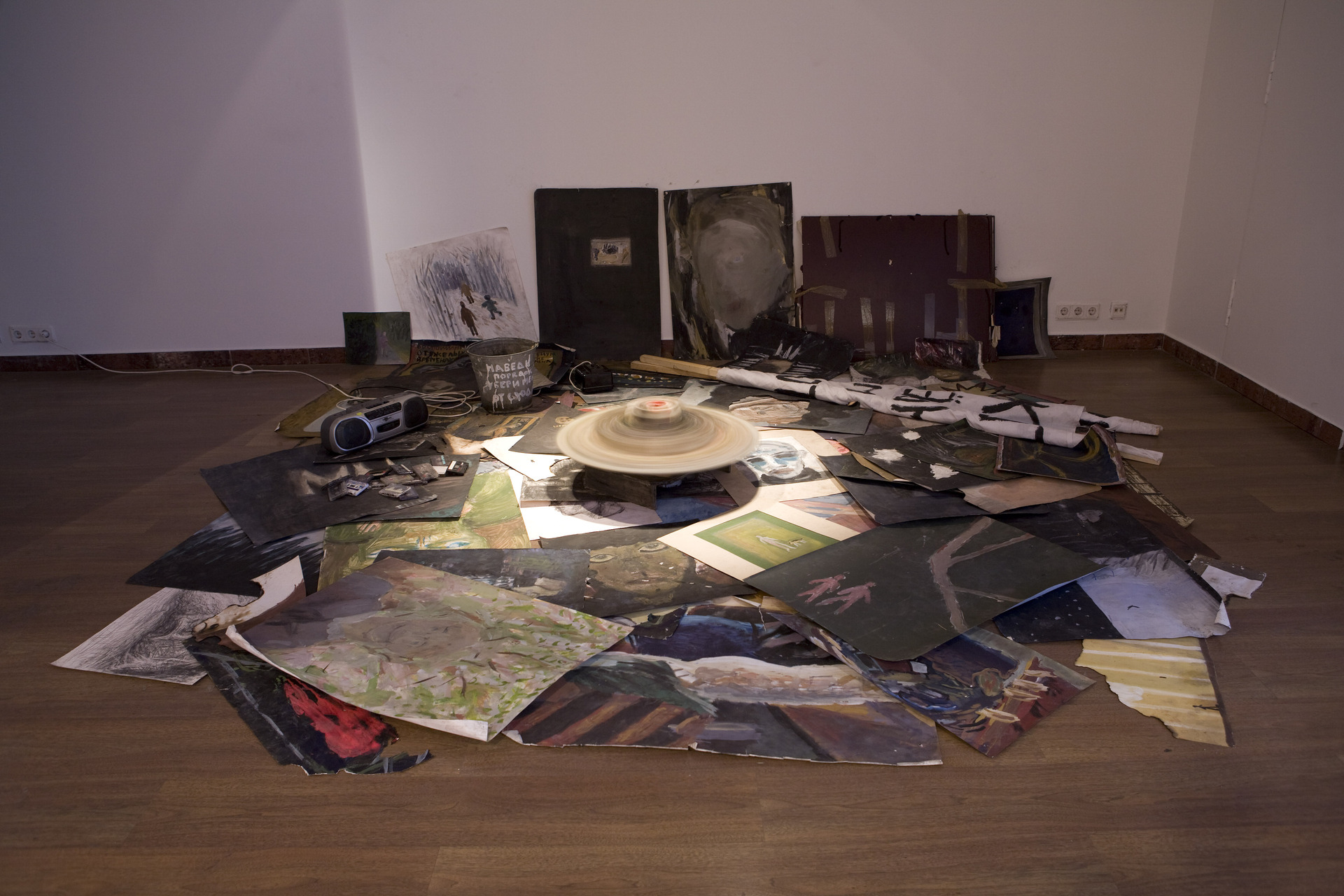
Wim Wenders prefaced one of his best movies, Der Himmel über Berlin (Wings of Desire), with an epigraph, containing the following lines:
When the child was a child,
It was the time for these questions:
Why am I me, and why not you?
Why am I here, and why not there?
When did time begin, and where does space end?
Is life under the sun not just a dream?
Is what I see and hear and smell
not just an illusion of a world before the world?
Given the facts of evil and people.
does evil really exist?
How can it be that I, who I am,
didn’t exist before I came to be,
and that, someday, I, who I am,
will no longer be who I am?....
When art was just art and an artist was just an artist, the answers to the fundamental questions were believed to be well and long known. But after the conceptualism the art came back to its childish inquiry. New generations keep on asking art and the world the fundamental questions, only to get stupefied by the very basic visual forms.
This Stella Art Foundation’s project brings together four young artists from Germany, China and Russia. Essentially, they work with good old forms of geometric abstraction. Nonetheless, the point is not just re-visiting the abstractionism per se, but translation of its original agenda into the new languages of video art, IT techniques and performance.
Sophia Kaschowitz, for instance, exhibits her video entitled Horizontal and Vertical Lines, where a sheet of paper with a grid of lines gradually transfigures itself into a living creature, unveiling the body of the artist herself as a pivotal component of the image. It breaks down the original linear structure, making it twisted, three-dimensional and, eventually, disengaged.
Xinjian Lu, in his Metropolis DNA series looks at the outlines of cities retrieved from the Google Earth through the magic crystal of the ancient Yin & Yang dialectics to arrive at similar basic form structures. Brought to a canvas by a sealing tape, his city plans are then marked by various colours, which transforms them into a kind of a collective genom. In this way, Moscow and New-York look very much like Shanghai, while the whole series of the artistically viewed city plans generates an image of a global human anthill.
Johanna Reich in her Black Hole video performance appeals to the enchantment of a primal drawings, where a visible form emerges as if by itself from a white nothing. But her black doesn’t create a form, instead, it transforms into a kind of a “black hole”, which swallows up its creator — the artist herself.
Andrey Kuzkin makes use of half-empty paint jars put on the plywood circle, creating “op-art” objects that he places at the center of a chaotic installation Early Years dedicated to the artist’s early paintings.
.. when art was art and an artist was an artist...
When the child was a child,
It threw a stick like a lance against a tree,
And it quivers there still today
(Wim Wenders)
The exhibition is organized in the frame of the “Qui Vive?” 2nd Moscow International Biennale for Young Art.
Sophia Kaschowitz. 1987 — born in Halle, Germany. Since 2006 — studying at the Universität Hildesheim, Hildesheim, Germany, and the Université de Provence Aix-Marseille, Marseille, France. Lives and works in Seeburg, Germany.
Xinjian Lu. 1977 — born in Сhina. 2000 — graduated from the Nanjing Arts Institute, Nanjing, China. 2004-2005 — studied at the Design Academy, Eindhoven, Netherlands. Lives and works in Daegu, South Korea.
Johanna Reich. 1977 — born in Minden, Germany. Since 2000 — studied at the Kunstakademie Münster, Münster, Germany. 2006 — graduated from the Hochschule für bildende Künste Hamburg, Hamburg, Germany. Lives and works in Barcelona, Spain, and Cologne, Germany.
Andrey Kuzkin. 1977 — born in Moscow, Russia. 2001 — graduated from the Moscow State University of Printing Arts, Moscow. Since 2006 — member of the Moscow Union of Artists. Lives and works in Moscow.